Indoor air quality is a growing concern in 2025, especially with smart home devices, pollution, and sealed living environments. Two common solutions—snake plants and air ionizers—are often used together. But do they complement each other, or does one make the other redundant? Let’s explore how these two systems interact, what science says, and how to balance natural and technological air cleaning.

Snake Plants: The Natural Air Support
Snake plants are famous for their air-purifying reputation, largely due to NASA’s 1989 Clean Air Study. They absorb carbon dioxide and certain volatile organic compounds (VOCs) while releasing oxygen. Although later research clarified that the impact is modest in large rooms, snake plants still provide micro-air improvements—especially near pollutant sources.
Their main advantages include:
- Passive VOC absorption through leaf pores
- Nighttime oxygen release (CAM photosynthesis)
- No electricity or filter maintenance required
- Psychological and humidity benefits
Essentially, snake plants create a small “biofilter” effect around them.
Also Read- Snake Plants and Air Ionizers: Do They Work Better Together or Compete?
Air Ionizers: The Technology of Charged Cleaning
Air ionizers use electricity to generate negatively charged ions. These ions attach to airborne particles—dust, allergens, smoke—causing them to fall from the air or get trapped in filters. Some advanced models also neutralize odors and pathogens. In sealed apartments, ionizers can noticeably improve particulate matter (PM2.5) levels.
However, drawbacks include:
- Ozone production (in older or cheaper models)
- Need for regular cleaning or filter replacement
- Drying out of air over time
When properly maintained, ionizers can remove airborne contaminants much faster than plants.
Also Read- Snake Plant Dormancy: What to Expect During Winter Months
Do They Compete or Complement?
Contrary to popular assumption, snake plants and air ionizers actually complement each other rather than compete. Here’s how:
1. Different Mechanisms
- Snake plants: Absorb gases (VOCs, CO₂) and slightly increase oxygen.
- Ionizers: Remove particles (dust, allergens) and neutralize bacteria.
Each addresses different pollutants, filling the gaps the other can’t.
2. Better Microclimate Together
Ionizers can dry air slightly, while snake plants release moisture through transpiration. This balance prevents overly dry environments common in tech-heavy homes.
3. Visual & Psychological Comfort
Snake plants soften the sterile feel of ionizing technology, adding warmth and biophilic comfort to modern interiors.
How to Use Them Together Effectively
1. Placement Matters
- Keep snake plants 2–3 feet away from the ionizer to avoid drying airflow.
- Ionizers should face open space, while snake plants thrive near still air.
2. Choose the Right Model
- Use ozone-free ionizers (HEPA + ion combo models are safest).
- Avoid high-ozone devices that can damage leaf tissue over time.
3. Monitor Humidity
- Snake plants prefer 40–60% humidity. Ionizers can lower it, so add a small humidifier or tray if needed.
4. Routine Maintenance
- Wipe snake plant leaves monthly to remove dust attracted by ions.
- Clean ionizer plates or filters every 2–4 weeks.
Also Read-How EMF Radiation and Wi-Fi Exposure May Impact Snake Plant Growth Indoors
When Ionizers Outperform Snake Plants
- In high-pollution or high-smoke areas
- For allergy or asthma sufferers needing particulate reduction
- In large rooms where a few plants make negligible difference
Technology outpaces biology when immediate air cleaning is required.
When Snake Plants Outperform Ionizers
- For long-term, low-maintenance improvements
- In small rooms, bedrooms, or workspaces
- When avoiding electricity or ozone exposure
Snake plants also double as décor, improving air and mood simultaneously.
Potential Interference
If your ionizer produces ozone (even minimally), it can harm sensitive plant tissue over long exposure periods—causing pale spots or tip burns. Always verify your device’s ozone output rating is below 0.05 ppm, which is considered safe for indoor plants.
The Balanced Approach: Tech + Nature
For most homes, combining both offers the best of both worlds:
- Air ionizer: Handles dust, pollen, bacteria
- Snake plant: Handles trace VOCs, boosts oxygen, adds natural humidity
Together, they create a cleaner, more balanced indoor environment—functionally and emotionally.
Final Thoughts
Snake plants and air ionizers don’t compete; they collaborate. One cleans mechanically, the other biologically. While ionizers act fast and broad, snake plants offer steady, natural enhancement. In the age of sealed apartments and AI-driven air systems, keeping both ensures your space feels not just purified, but truly alive. The future of indoor air health lies in harmony — between technology and nature.


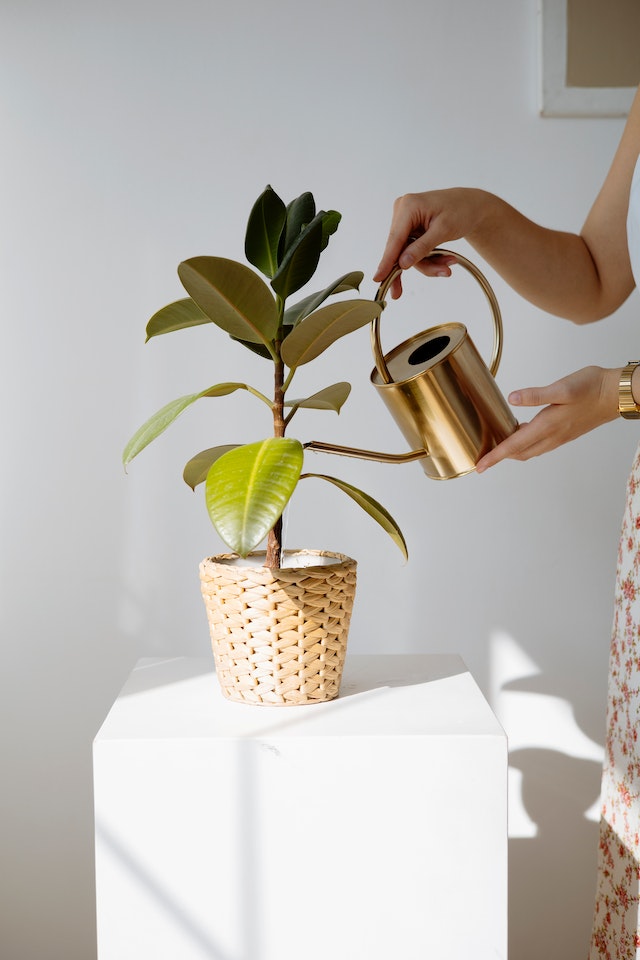

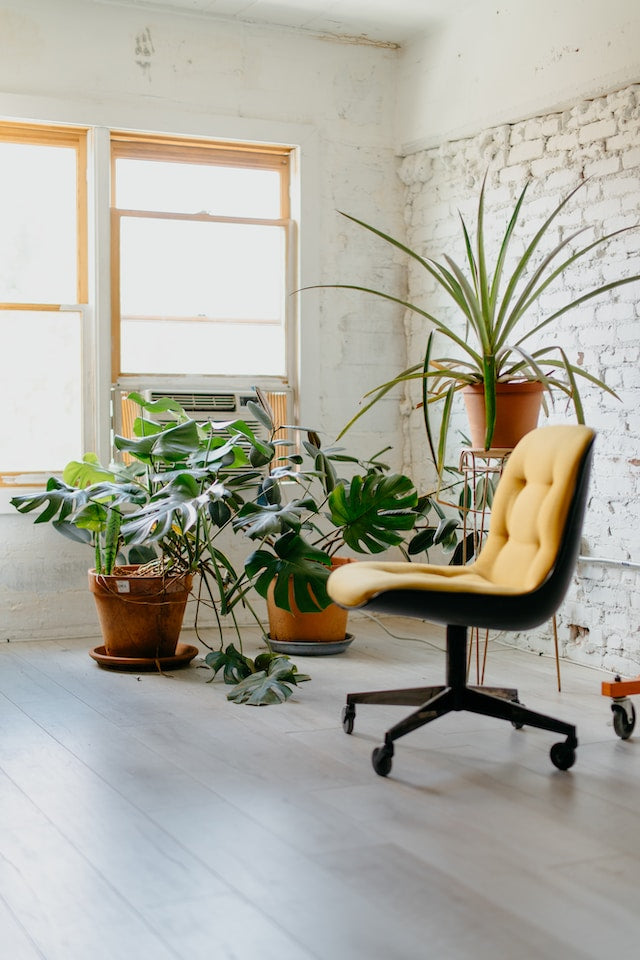
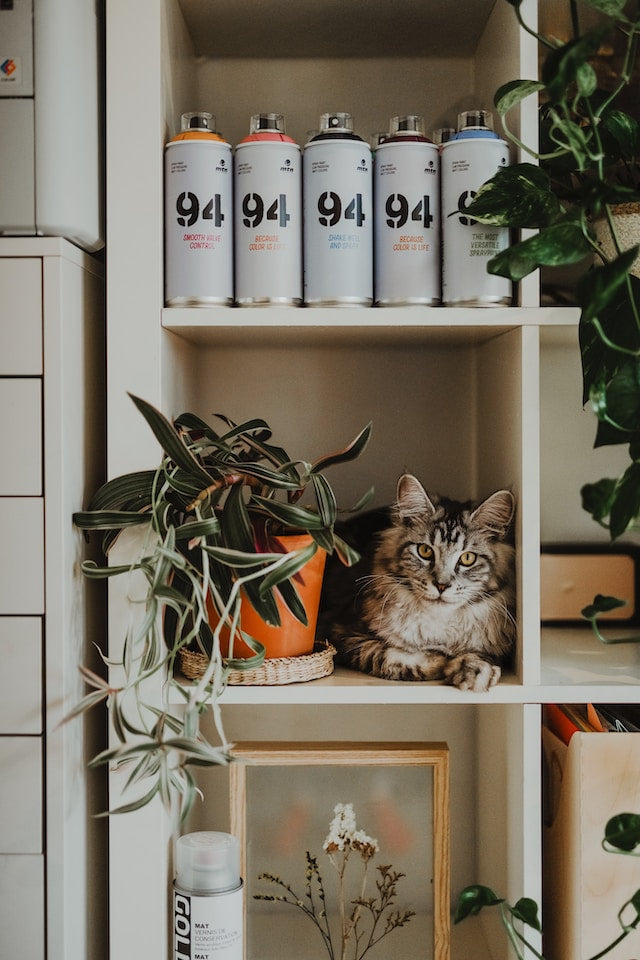
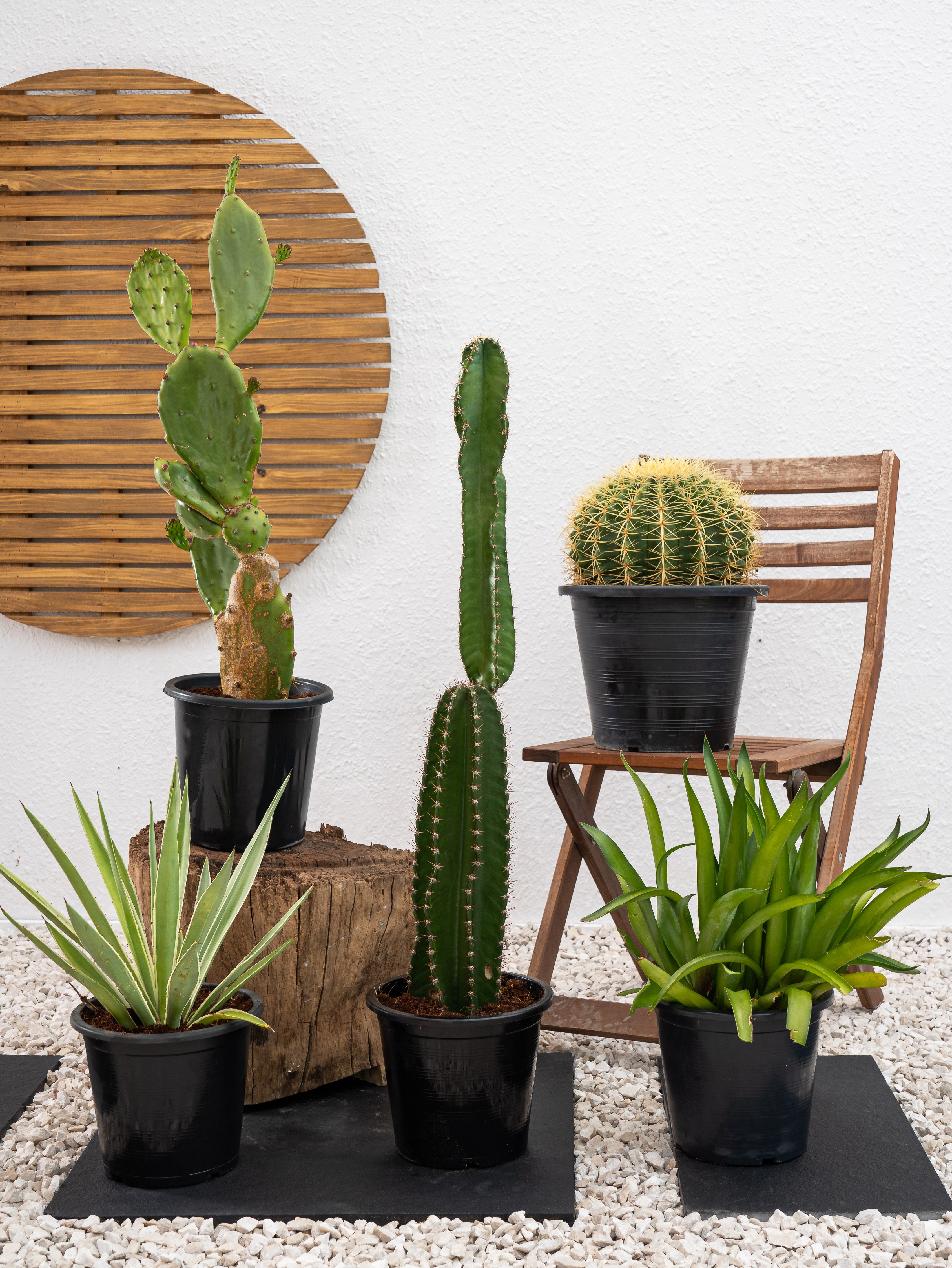
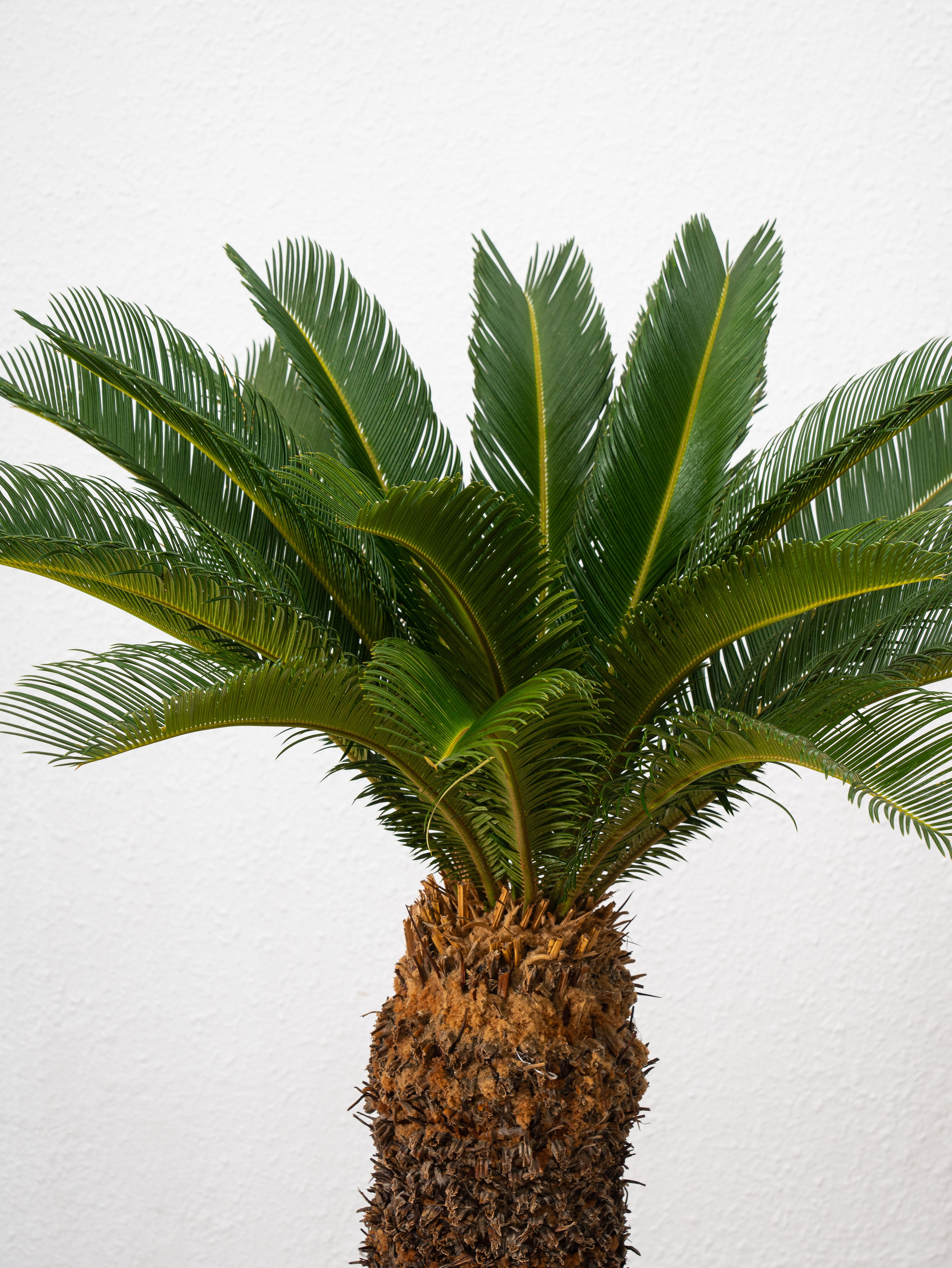
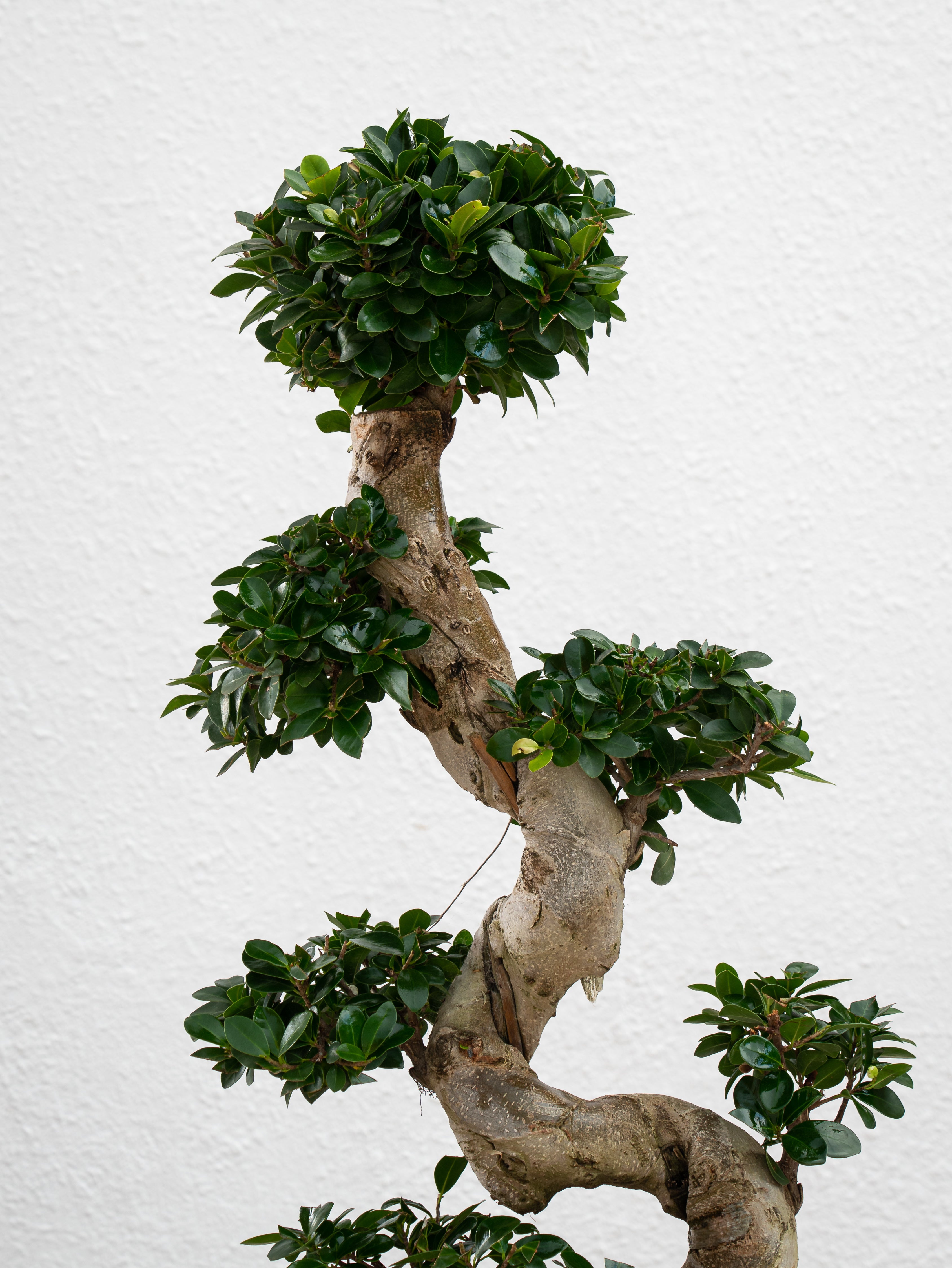
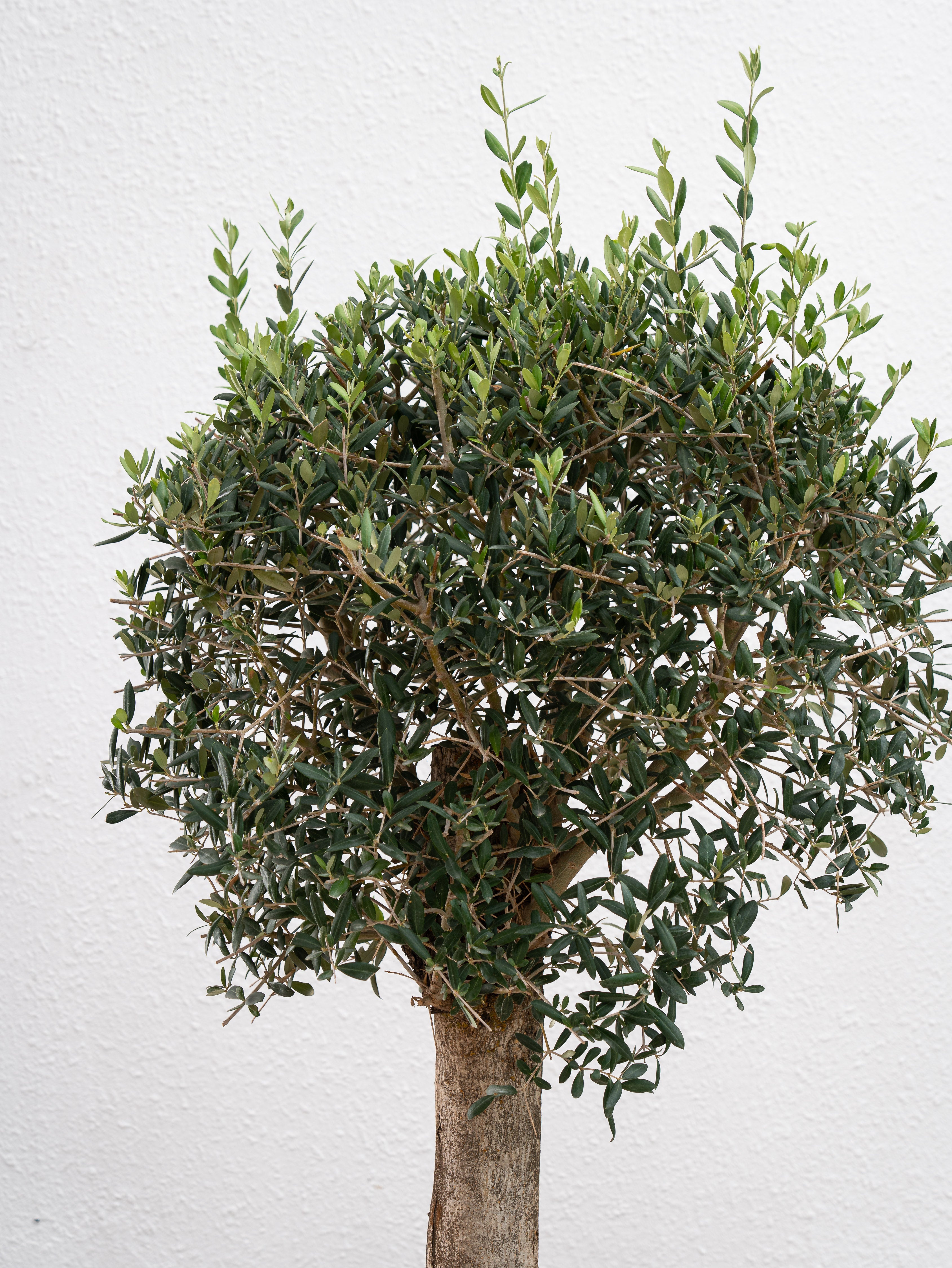
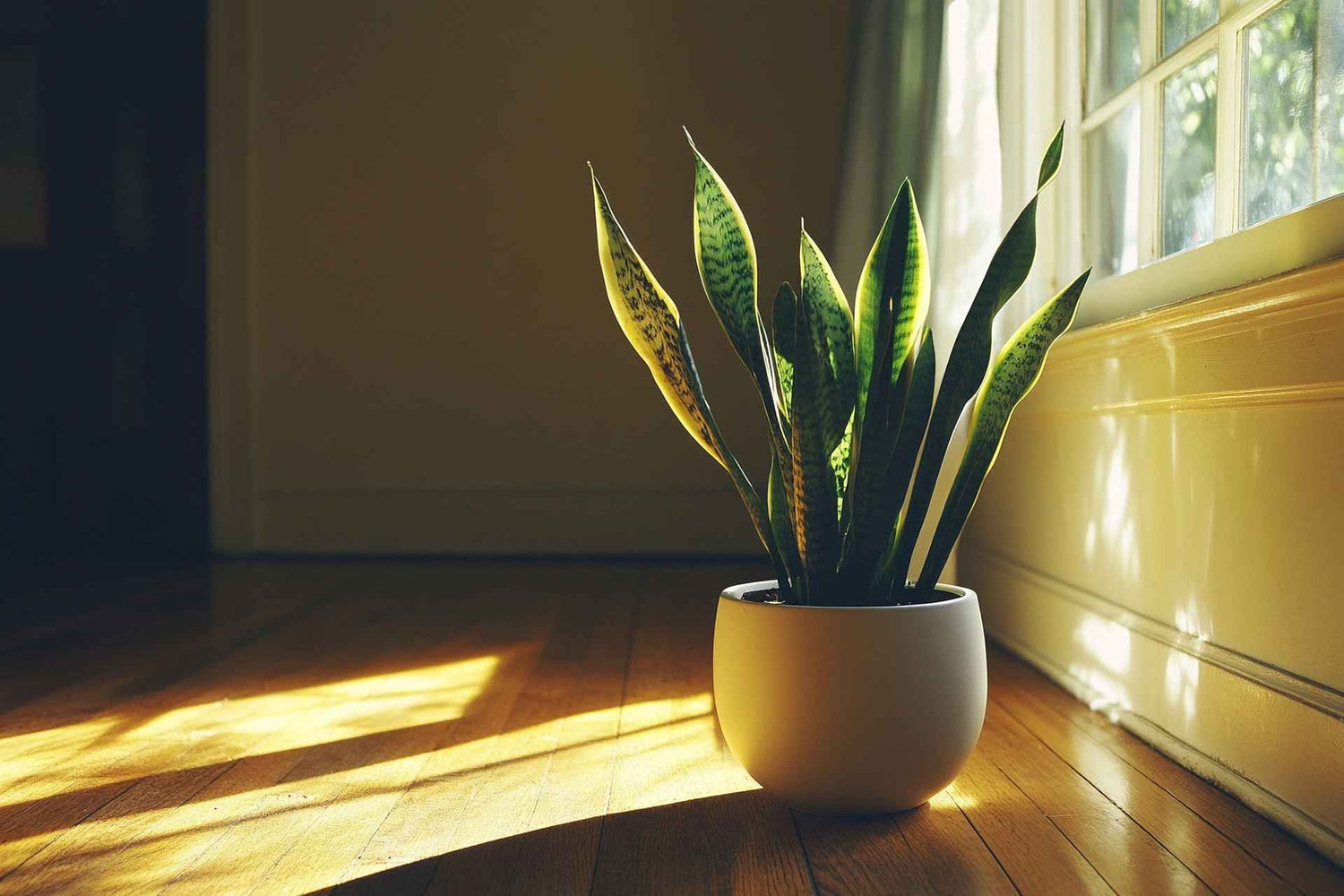

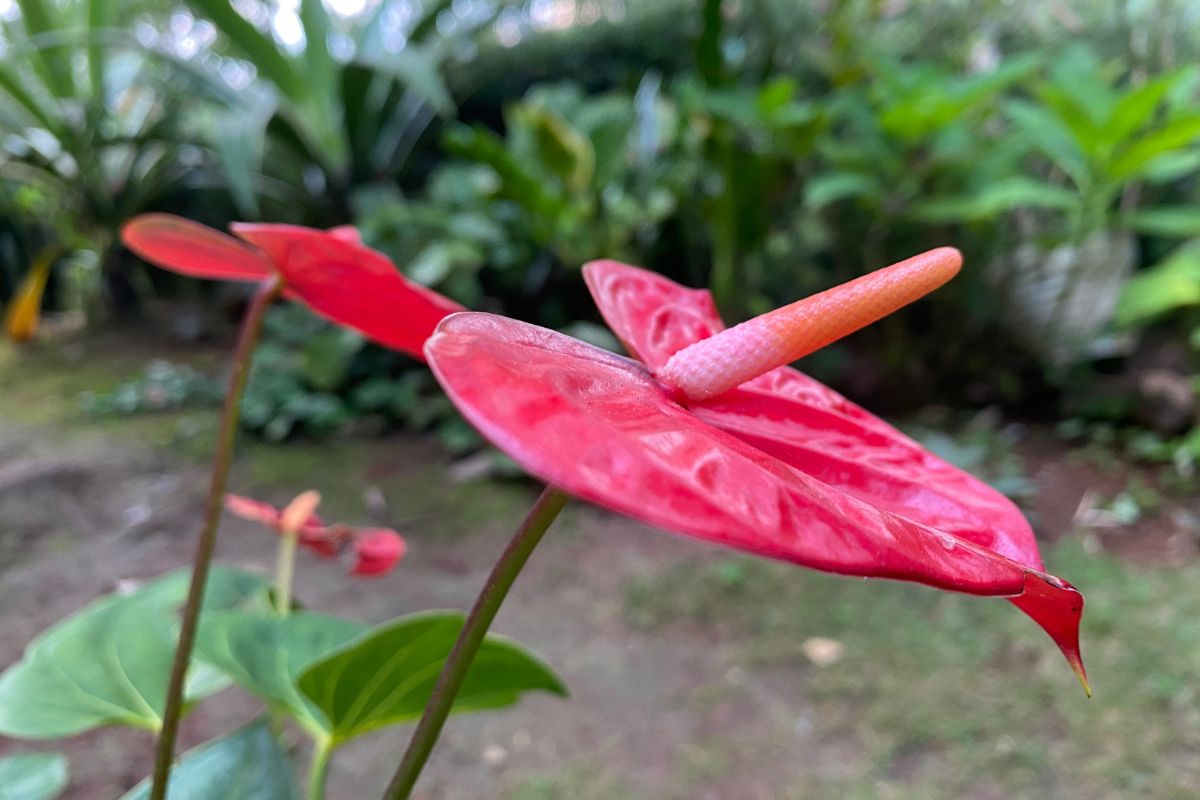
Leave a comment
This site is protected by hCaptcha and the hCaptcha Privacy Policy and Terms of Service apply.